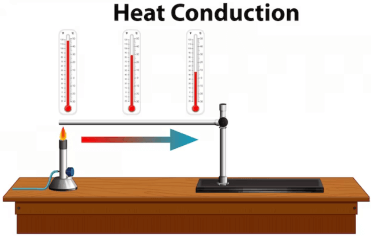Question
a.
the direction of the vertical, the axis of rotation of the instrument
b.
the direction of the poles of the celestial sphere
c.
the direction of the star from the instrument
d.
all the above.
Posted under Civil Engineering
Interact with the Community - Share Your Thoughts
Uncertain About the Answer? Seek Clarification Here.
Understand the Explanation? Include it Here.
Q. While making astronomical observations, the observer is mainly concerned with
Similar Questions
Explore Relevant Multiple Choice Questions (MCQs)
Q. The most convenient co-ordinate system for specifying the relative positions of heavenly bodies on the celestial sphere, is
View solution
Q. In a tropical year, the number of sidereal days, are
View solution
Q. Pick up the correct statement from the following :
View solution
Q. Polaris is usually observed for the determination of the azimuth when it is
View solution
Q. The latitude (λ) of a place and the altitude (α) of the pole are related by
View solution
Q. The angle between the axis of earth and the vertical at the station of observation is called
View solution
Q. For any star to be a circumpolar star, its
View solution
Q. The elevation of the star at elongation is obtained by
View solution
Q. The necessary geometrical condition for triangulation adjustment, is :
View solution
Q. Assuming human normal vision distance 25 cm, smallest measurable angle 20", and introcular distance 6.5 cm, the smallest depth to be discerned is
View solution
Q. The main object of the astronomer to obtain
View solution
Q. If f is the focal length of the camera lens and θ is the angle of tilt, the distance of the plumb point from the principal point will be
View solution
Q. Pick up the incorrect statement from the following. High oblique photographs
View solution
Q. The average eye base is assumed as
View solution
Q. Pick up the correct statement from the following :
View solution
Q. Pick up the incorrect statement from the following :
View solution
Q. To obtain photographs of an area of 1000 m average elevation, on scale 1 : 30, 000, with a camera of 30 cm focal length, the flying height is
View solution
Q. If the image of a triangulation station of R.L. 500 m is 4 cm from the principal point of a vertical photo taken from an altitude of 2000 m, above datum, the height displacement will be
View solution
Q. An aerial photograph may be assumed as
View solution
Q. If the equatorial distance between two meridians is 100 km, their distance at 60° latitude will be
View solution
Recommended Subjects
Are you eager to expand your knowledge beyond Civil Engineering? We've handpicked a range of related categories that you might find intriguing.
Click on the categories below to discover a wealth of MCQs and enrich your understanding of various subjects. Happy exploring!








